Cultivar
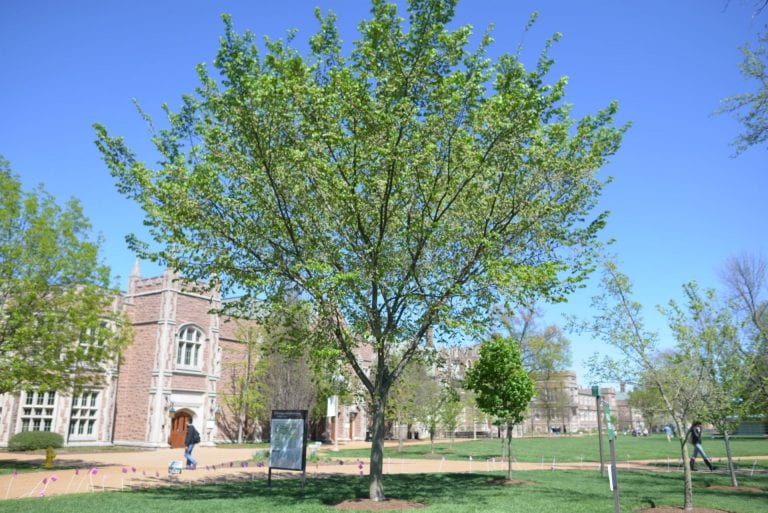
American Elm
Arbor Walk #31, Treekeeper ID #2408
The American Elm is native to much of Eastern North America and grows in low, moist areas and along streams across the state of Missouri.
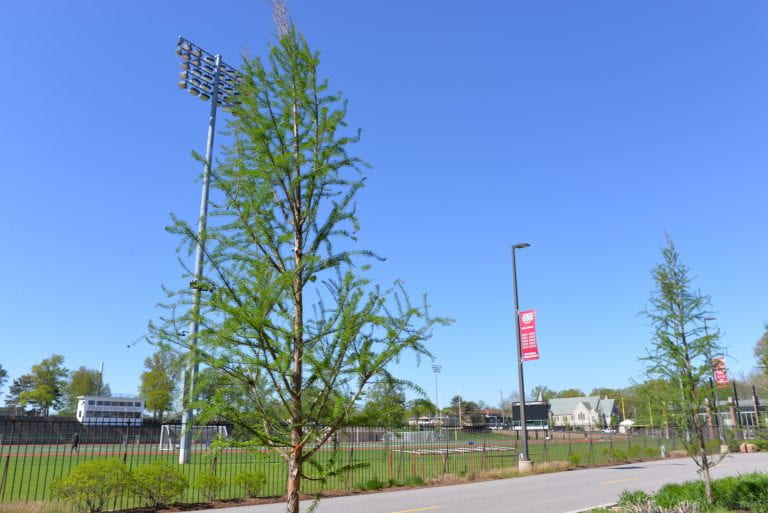
Bald Cypress
Arbor Walk #37, Treekeeper ID #2507
The Bald Cypress is the state tree of Louisiana. Despite its resemblance to a needled evergreen tree in the summer, it is actually deciduous. The 'Mickelson' is a cultivar of the Bald Cypress, and has a narrower shape and denser foliage than the native species.
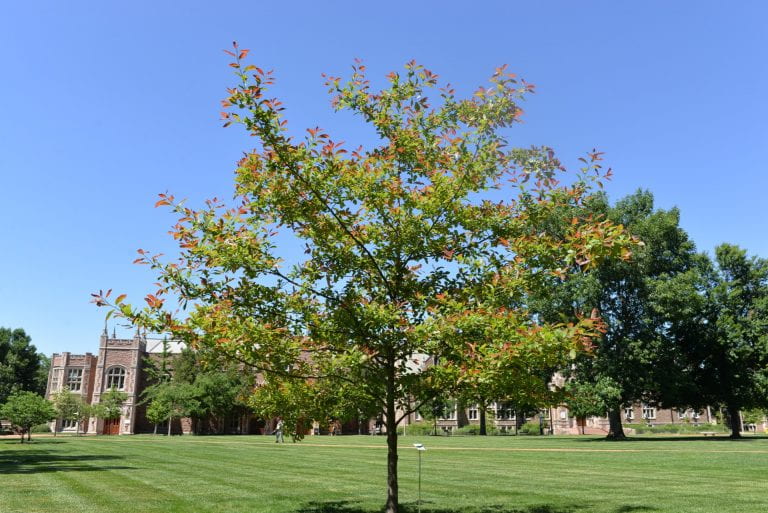
Black Gum
Arbor Walk #32, Treekeeper ID #2247
The Black Gum, also called Tupelo, is a Missouri native and flexible mid-western species capable of growing in both standing water and rocky slopes.
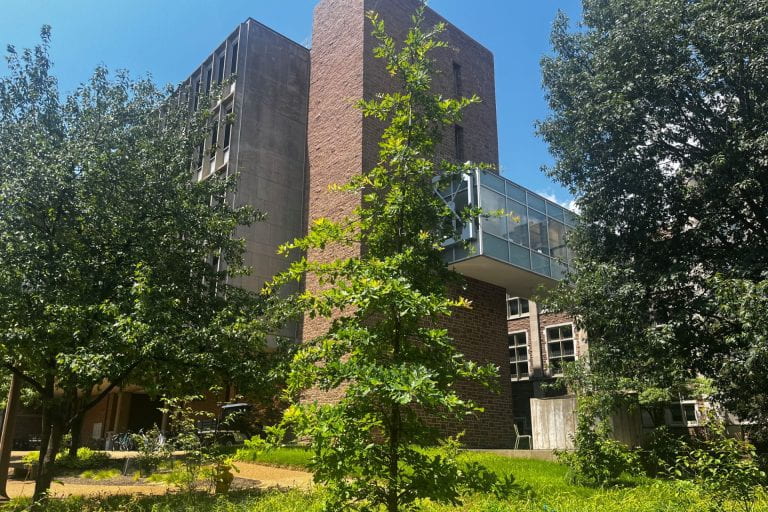
Compton Hybrid Oak
Arbor Walk #128
The Compton Hybrid Oak is a natural hybrid between the Southern Live Oak and the Overcup Oak and can be found in the areas with overlapping distributions of the two parent species.
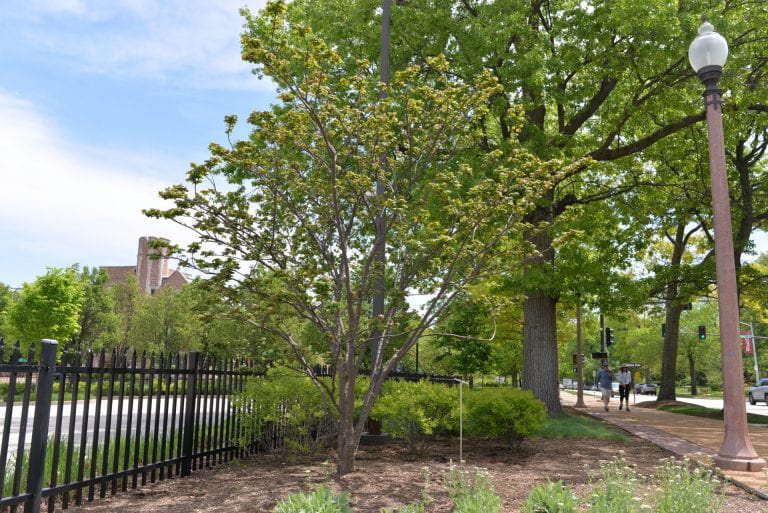
Eastern Redbud
Arbor walk #38, TreeKeeper ID #3141
This deciduous understory tree is the state tree of Oklahoma and is native to Missouri and much of the Eastern and Central US. It grows in medium moisture, medium fertility soils.
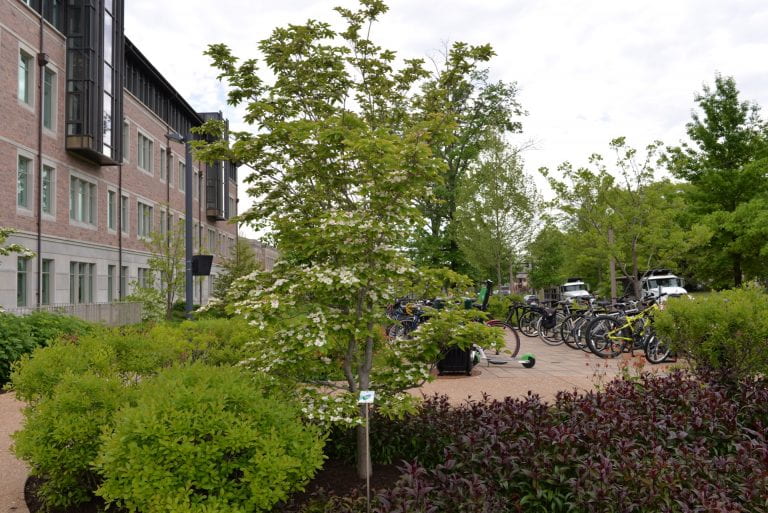
Flowering Dogwood
Arbor walk #53, Treekeeper ID #1410
Often claimed as the most beautiful of North America’s native flowering trees, the Flowering Dogwood is the state tree of both Missouri and Virginia. Its early-spring blooms of showy white petals surrounding tiny clusters of yellow dogwood flowers are among the tree's most dramatic characteristics.
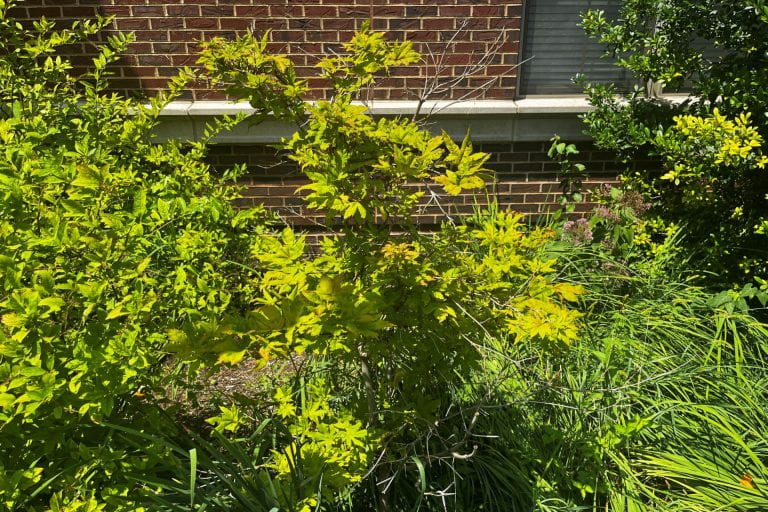
Full Moon Maple
Arbor Walk #135
The Full Moon Maple is a small, dense tree with unique large, showy leaves that is native to Japan. These leaves create beautiful fall foliage and are mainly sought after for landscaping.
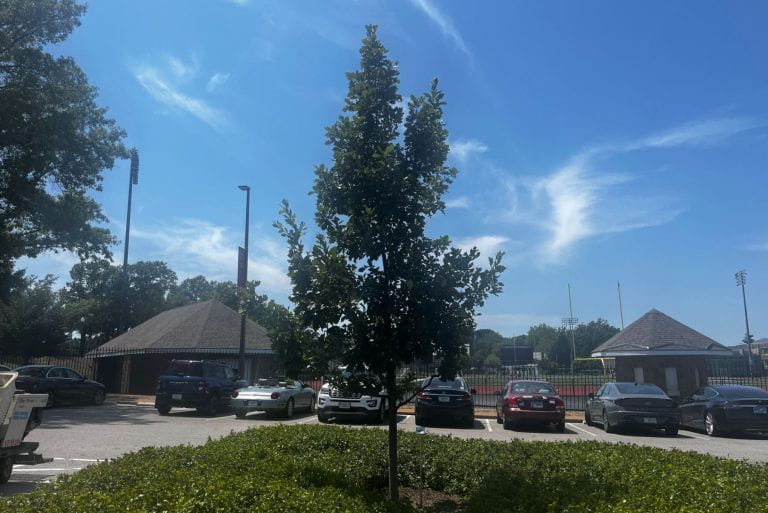
Hybrid Oak
Arbor Walk #125
The Heritage Oak is a hybrid between the English Oak (Quercus robur) and the Bur Oak (Quercus macrocarpa), two similar white oaks from different continents. These closely related species produce a sturdy, fast-growing oak with the large acorns of the Bur Oak and fall colors of the English Oak.
Hybrid Willow
Arbor Walk #117
This willow is a hybrid between the Bay Willow (Salix pentandra) and the Eastern Crack-willow (Salix euxina). It was developed at North Dakota State University and is known for its rounded shape, vigorous foliage, and its namesake reflective leaves that lend the 'Silver Lake' epithet.
Japanese Cornel Dogwood
Arbor Walk #113
The Japanese Cornel Dogwood boasts elegantly characteristic dogwood leaves, edible fruits (yet quite astringent when raw), and traditional medicinal use in East Asia for liver and kidney illnesses.
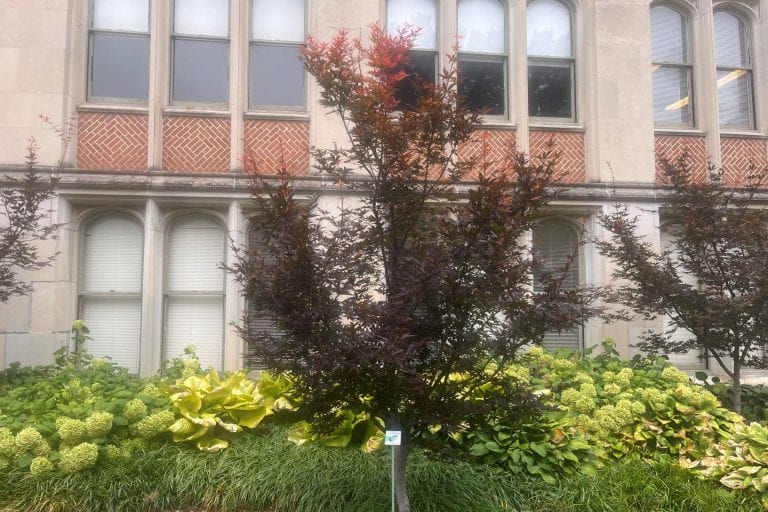
Japanese Maple
Arbor Walk #136
The Japanese Maple has been cultivated in and around its native range for hundreds of years, and since the 1800s, has been symbolic of Japanese Gardens to Western observers.
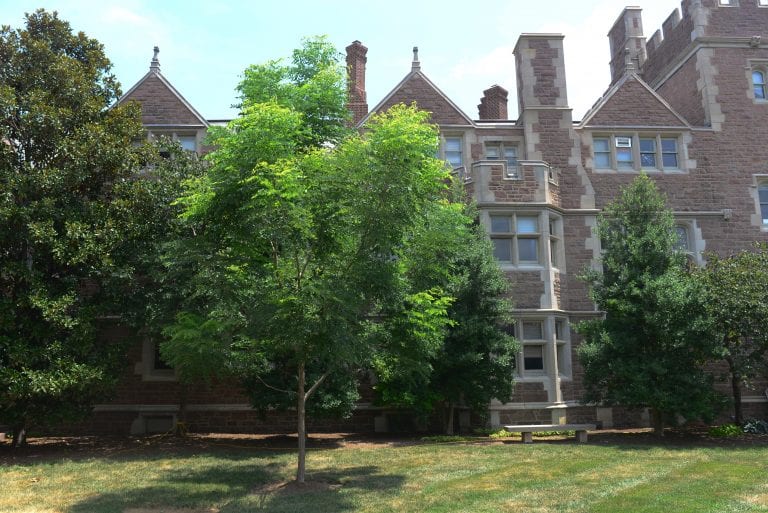
Kentucky Coffeetree
Arbor walk #7, Treekeeper ID #2253
This tree is a "seedless" variety of the native species. It is native to Missouri and the Midwest. Early settlers of Kentucky used the tree's seeds as a coffee substitute, hence its common name.
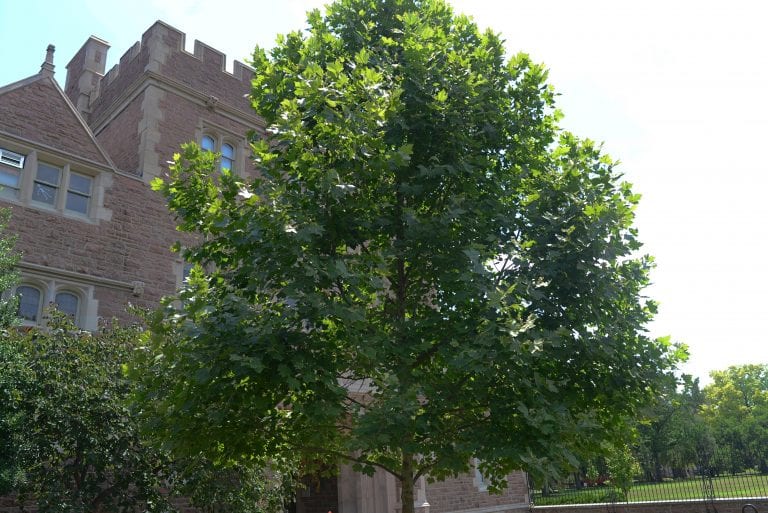
London Planetree
Arbor walk #6, Treekeeper ID #2200
The London Planetree is a hybrid of the Oriental Plane (Platanus orientalis) and American Sycamore (Platanus occidentalis), combining improved disease resistance with cold tolerance. The London Planetree is also extremely tolerant of pollution, and is even found to be an effective removal agent of air pollution particles.
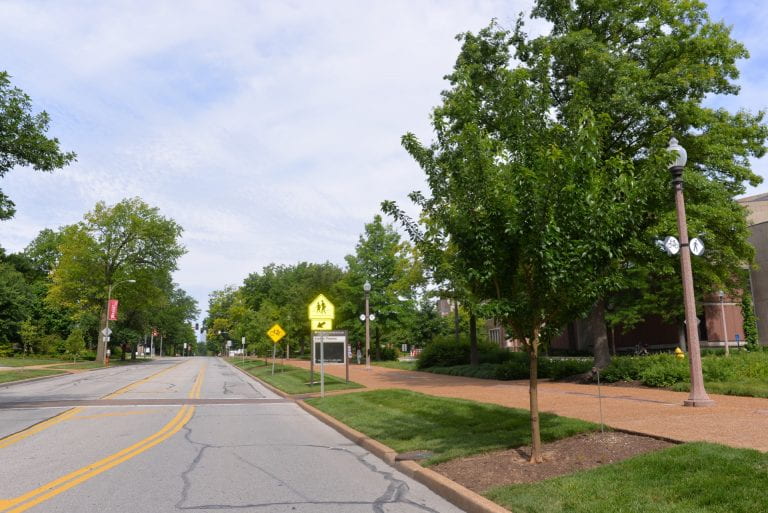
Osage Orange
Arbor walk #45, TreeKeeper ID #2621
This medium-sized tree has a short trunk and rounded crown. it produces large fruit (8-15 cm in diameter) which is roughly spherical, bumpy, and turns bright yellow-green in the fall.
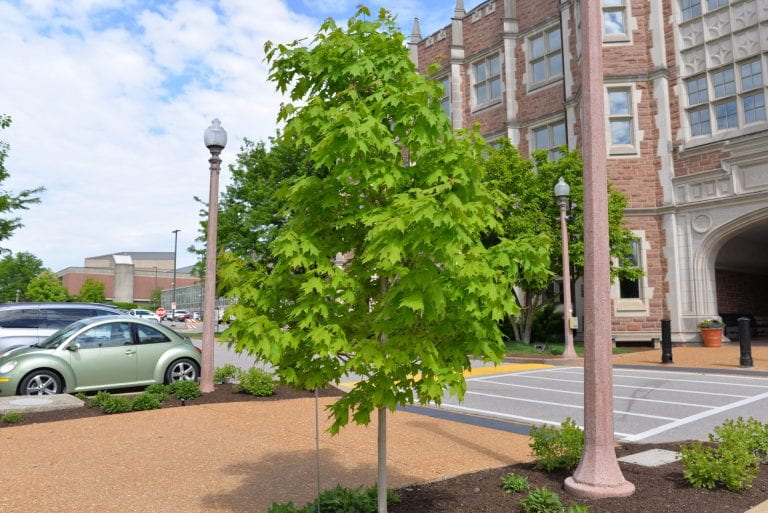
Sugar Maple
Arbor Walk #46, Treekeeper ID #2067
This iconic tree is native to much of Eastern North America, where it is a dominant component of hardwood forests from Canada to Missouri.
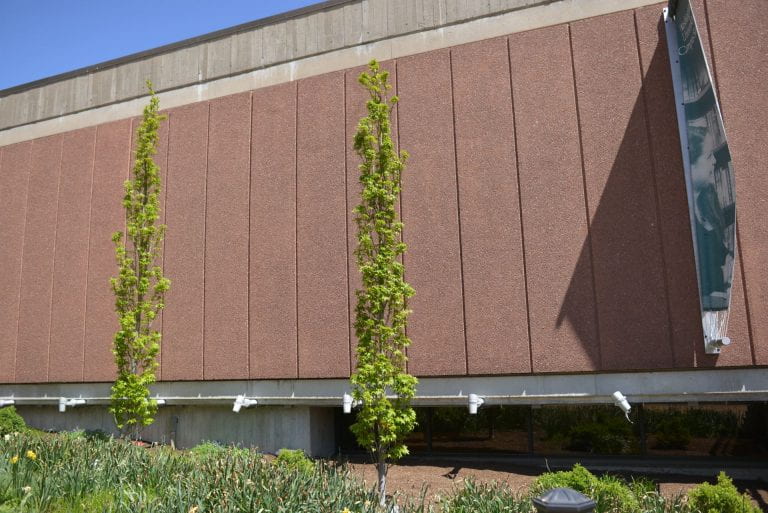
Sweetgum
Arbor walk #35, Treekeeper #2995
This low-maintenance deciduous shade tree is native to much of the Eastern US and in Southeast Missouri, usually in low, wet, woodland areas or along stream beds. It has a variety of human-use applications such as chewing gum, incense, perfume, and medicine.